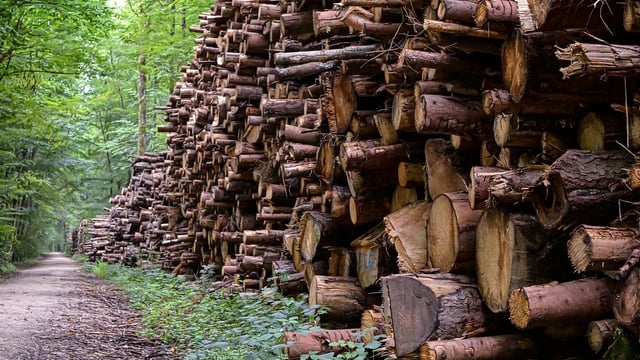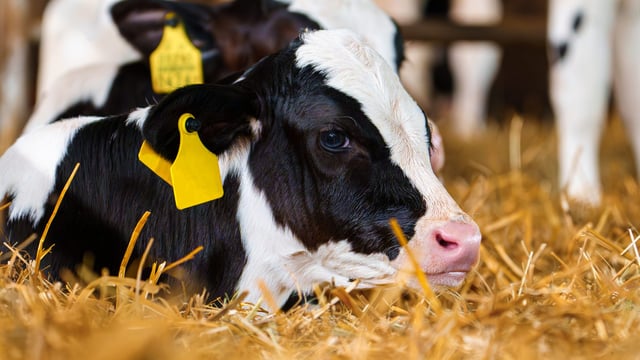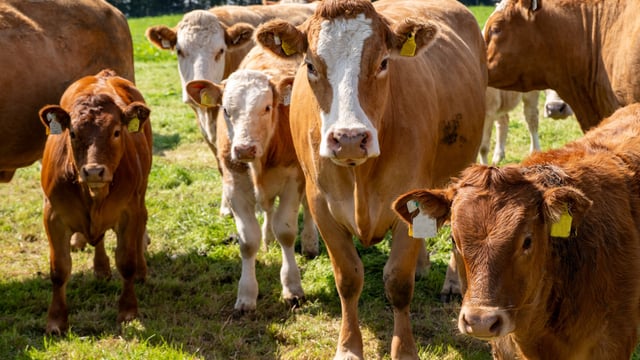Dairy processors back new research initiative on farm methane
Several of the main dairy processors in the country are backing a new research collaboration initiative to mitigate greenhouse gases (GHG) emissions, particularly methane from animals.
The new research initiative will be based at the VistaMilk Research Ireland Centre, based in Teagasc Moorepark.
The collaboration, which targets greenhouse-gas mitigation in Ireland’s dairy sector, is called the ‘Greenhouse Gas Hub’, and will see co-funded research take place between the VistaMilk Research Ireland Centre, the Teagasc Climate Centre, and five leading dairy co-operatives.
Those co-operatives are Carbery Group, Dairygold, Kerry Dairy Ireland, Lakeland Dairies, and Ornua.
The Greenhouse Gas Hub will focus on developing solutions to reduce enteric (livestock) methane emissions from pasture-based dairy systems, according to Teagasc.
The partnership will look to build a real-time understanding of these emissions at farm level.
Teagasc said that this evidence base will support strategies that help the sector meet national climate targets and reduce the sector's carbon footprint, while maintaining farm economic viability, food safety and animal welfare.
VistaMilk is a collaborative research centre involving 13 research institutes across Ireland, and it is co-funded by Research Ireland and the Department of Agriculture, Food and the Marine.
The new initiative builds on a "strong body of research" carried out during the first phase of VistaMilk, which included work to improve the accuracy of methane emission predictions for dairy production systems.
That research has provided evidence that enteric methane emissions from pasture-based systems are 8% to 10% lower than previously thought, Teagasc said.
Additional studies have also delivered insights into how enteric methane varies in response to pasture characteristics, genetics, feeding, and management.
"The joint initiative marks a new level of cooperation between research and industry."
Teagasc said that VistaMilk will provide scientific depth and technological innovation, while the dairy industry partners will contribute "real-world market insight and supply-chain knowledge".
It is envisaged that, for farmers, the Greenhouse Gas Hub will provide better access to data on emissions, clearer guidance on effective mitigation options, and tools that can be integrated into daily farm management.
For industry, it is hoped that the initiative will support robust sustainability reporting, improved environmental performance, and greater transparency for customers and markets.
"At a national level, the collaboration reinforces Ireland’s international reputation as the leader in low-carbon, pasture-based dairy production," Teagasc said.
Early trials will will take place as part of the initiative to evaluate a range of strategies to reduce enteric methane emissions within pasture-based systems.
The most promising approaches will then be assessed over long term system studies to assess their total environmental and economic impacts.
A stakeholder advisory group will help guide priorities, ensuring the research remains relevant and impactful across the sector.
Commenting on the research project, Dr. Ben Lahart, funded investigator with VistaMilk, said: "Our ambition is to support a dairy sector that is both profitable and sustainable.
"This new co-funded project, working alongside the Teagasc Climate Centre, will allow us to harness the very best of Irish research and industry collaboration to reduce emissions while maintaining economic viability," Dr. Lahart added.
Prof. Laurence Shalloo of VistaMilk and Teagasc commented: "The findings on pasture and enteric methane in VistaMilk Phase I have been game changing and have helped reinforce a significant refocus on enteric methane in pasture-based settings globally.
"This partnership represents a vital, industry-driven model of collaborative scientific research, strengthening the link between evidence and real-world impact.
"The impact of this research helps our understanding of enteric methane from gazing dairy cows, as well as helping develop strategies to reduce enteric methane in a cost-effective manner," Prof. Shalloo added.




